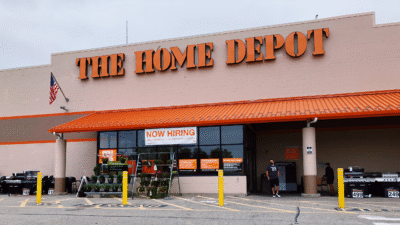
Sign up for smart news, insights, and analysis on the biggest financial stories of the day.
In an age where seemingly everything is bought and sold on Amazon, Shopify has done the impossible. By providing a platform for merchants, brands, and traditional retailers to bring their stores into the internet age, the Canadian ecommerce upstart has found a way to compete.
But its earnings call on Wednesday came with projections of slowing growth, accelerating its stock’s recent tumble. To revive the platform, President Harley Finkelstein came with a plan: Shopify must Amazon-ify its business.
Wish Fulfillment
Amazon’s order fulfillment and delivery network is without peer. 172 million Prime members pay for priority shipping and the company serves over 90 metro markets with same-day delivery. In fact, Amazon’s core ecommerce business is so strong, activist investor Daniel Loeb – whose hedge fund Third Point is significantly invested in the company– says it should be worth $1 trillion all on its own. (Amazon overall is currently valued at $1.6 trillion, in part driven by its lucrative cloud computing Web Services unit).
To catch up, Finkelstein unveiled plans to significantly bolster the Shopify Fulfillment Network. If all goes according to plan, the company will greatly increase its role in storing and shipping merchant customers’ products– and hopefully reverse the recent fortunes of its sink-ifying stock:
- Shopify plans to spend $1 billion over two years, starting in 2023, to greatly increase the number of company-owned warehouses; the end goal is to offer two-day or less delivery to over 90% of the US population.
- Shopify’s share price has fallen 26% since Wednesday’s call, and has been rapidly tumbling since a late-November peak of $1,690; it is currently trading at just $660.
David vs. Goliath: A $1 billion investment is a big swing for Shopify, dwarfing its average investments over the past three years by a magnitude of ten. But it’s peanuts for Amazon, which spends roughly that much money throughout an average workweek. To slay the ecommerce goliath, Shopify may have to hope one of its merchant clients sells a particularly strong slingshot.











